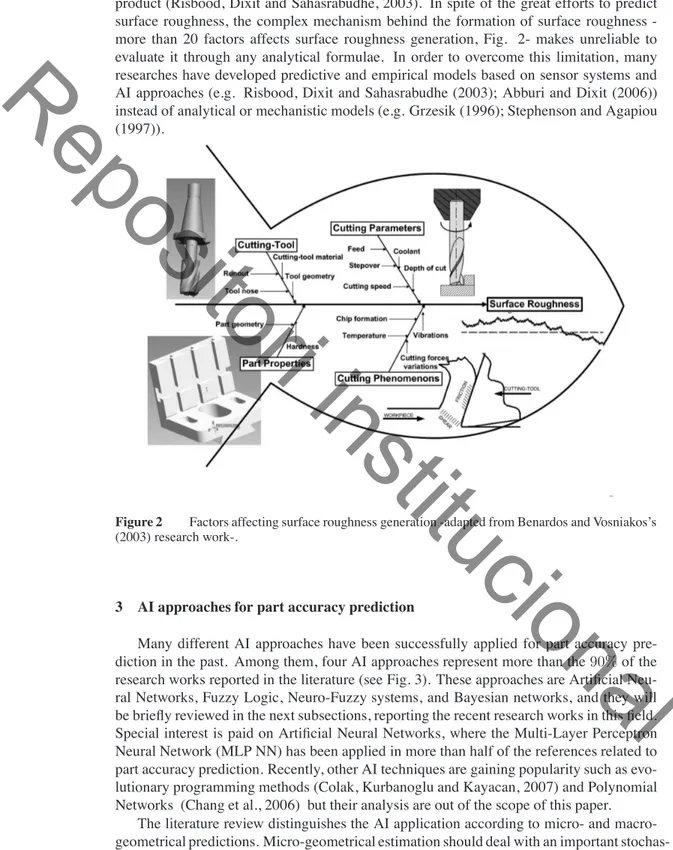A review of artificial intelligent approaches applied to part accuracy prediction
Texto completo
Figure




Documento similar
Es aquí donde nos es de utilidad el método que estamos estudiando, pues la optimización Bayesiana permite optimizar funciones cuya expresión analítica no se
Experimental results have demonstrated that artificial neural networks can substantially reduce the number of model parameters and surpass the performance of previous approaches
Computational Methods in Neural Modeling: 7th International Work-Conference on Artificial and Natural Neural Networks, IWANN 2003 Maó, Menorca, Spain,. June 3–6, 2003 Proceedings,
For some, moral philosophers have a good claim to be moral experts [2, 5], even if their expertise does not include (qua philosophers) the necessary knowledge of factual matters..
The key point of Table 6 is that most groups of voice parameters (reflecting pitch, voice signal spectrum, and voice quality) differ in episodes of illness (depression, mania) from
accuracy and prevent the device from damage at high accelerations using an artificial neural network [17]. First, a nonlinear dynamic
In this paper, an artificial cooperative search (ACS) algorithm tuned adaptive network-based fuzzy inference system (ANFIS) controller for optimal gain tuning of load frequency
Keywords: Artificial neural networks, neural threshold, neural variability, heterogeneity, homogeneity, olfactory system, pattern recognition, generalist neuron, specialist neuron,


